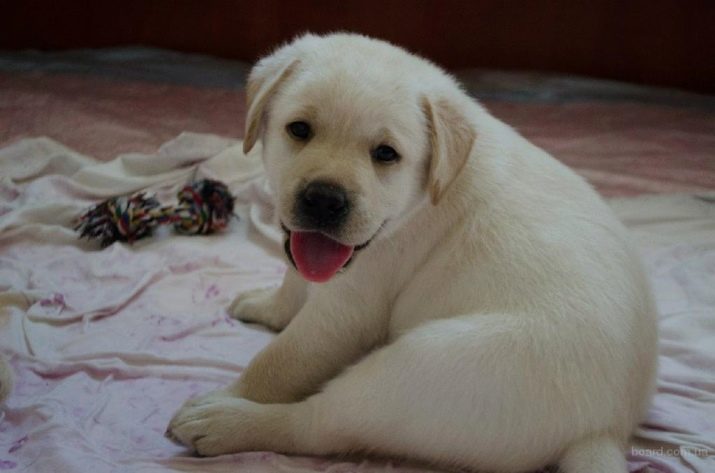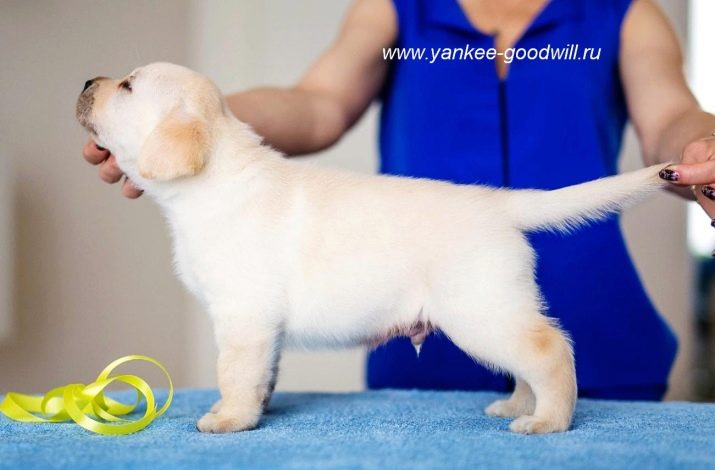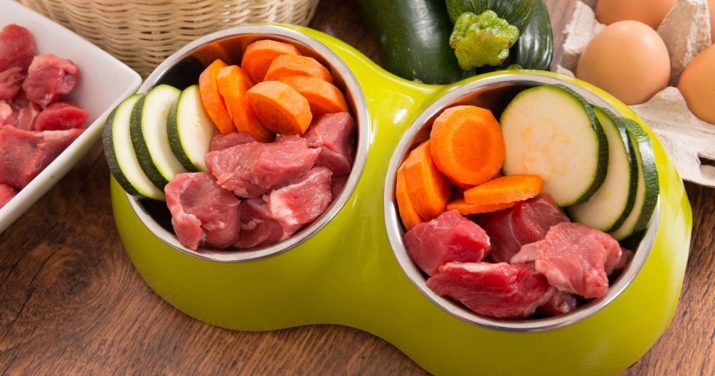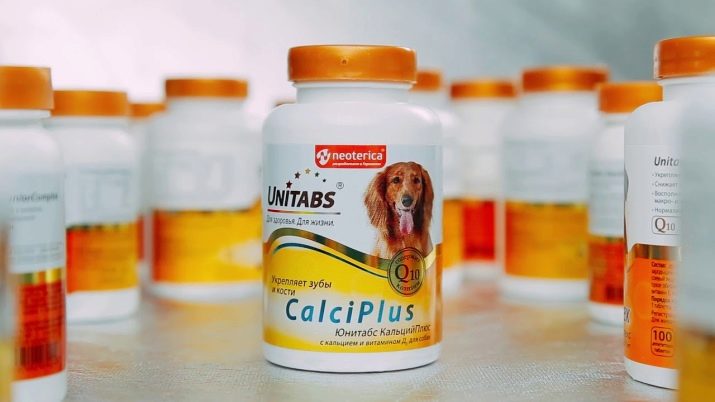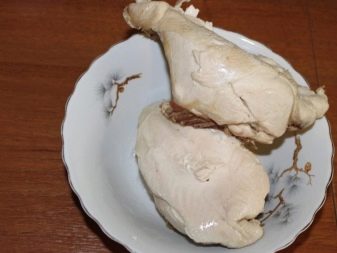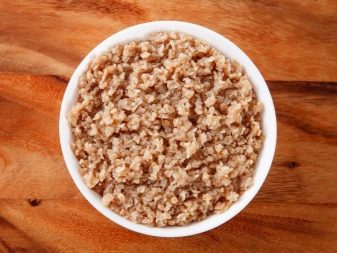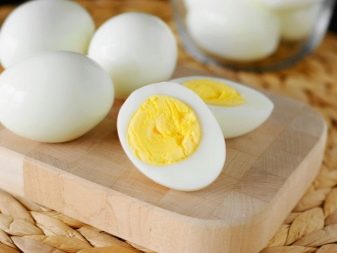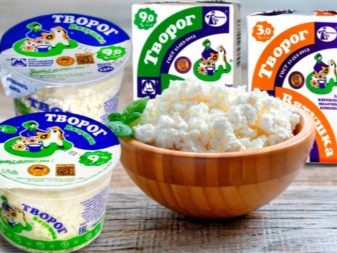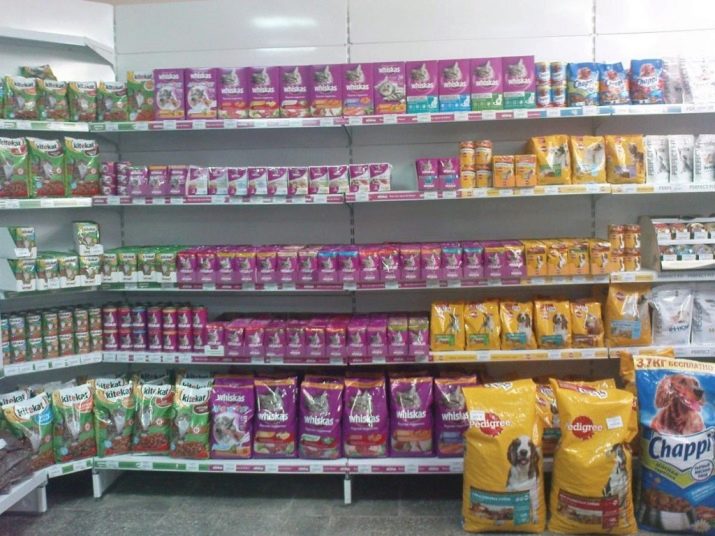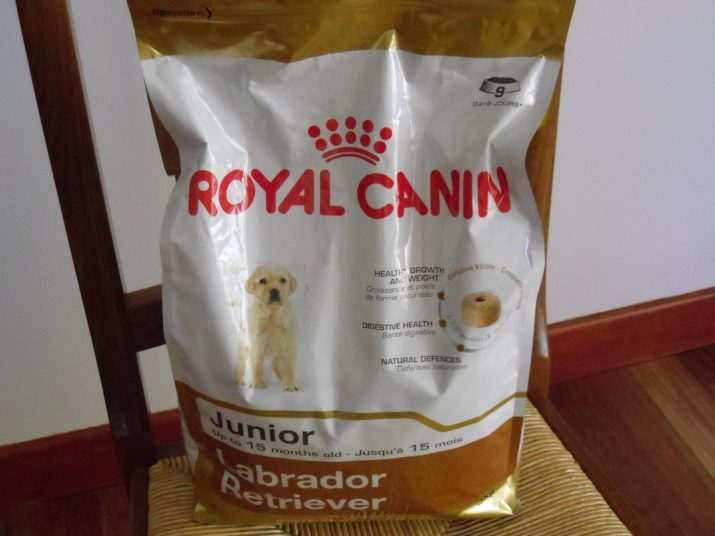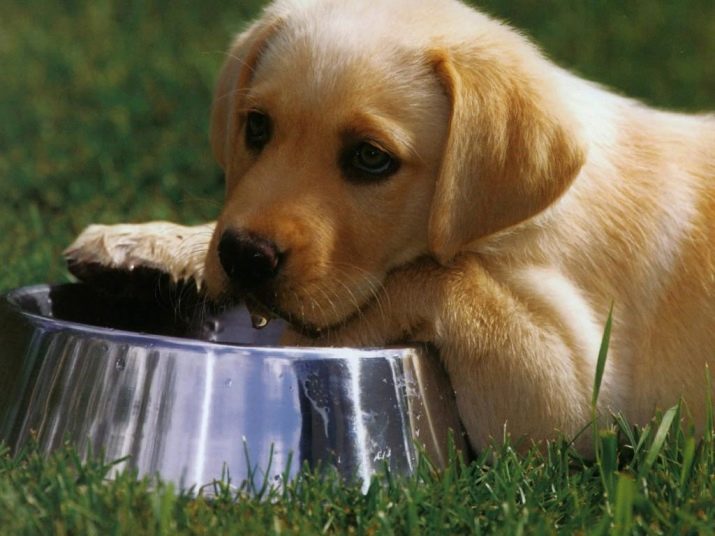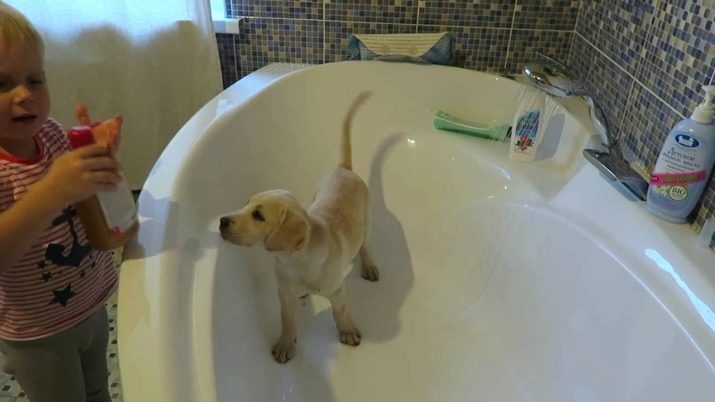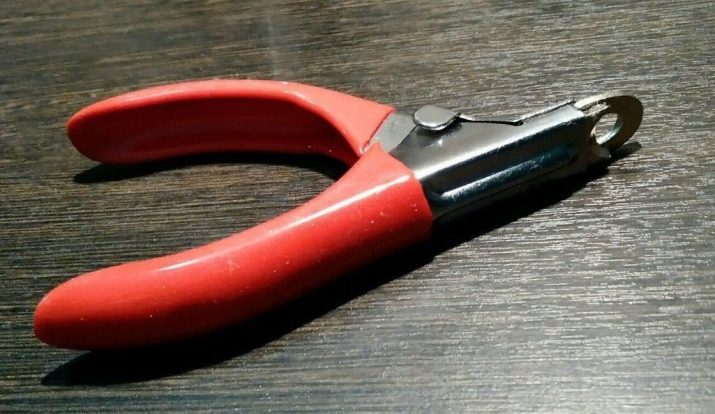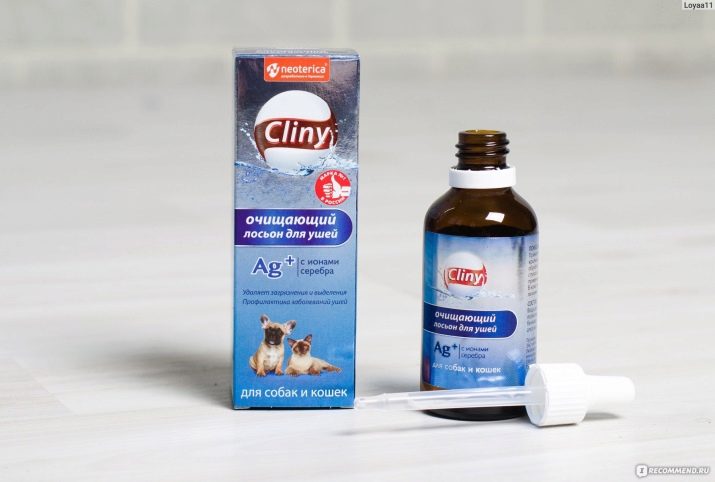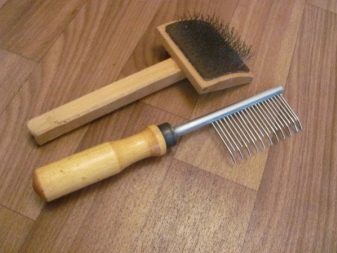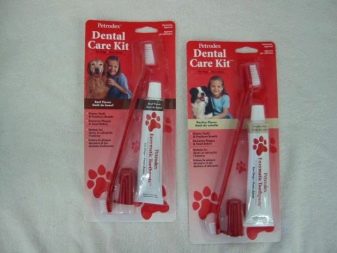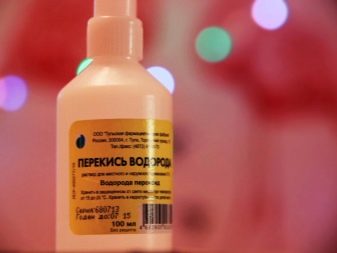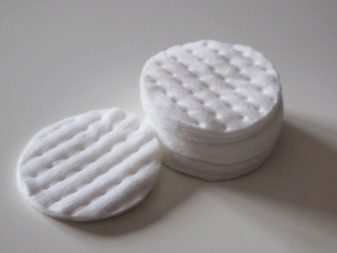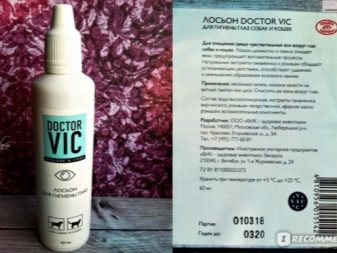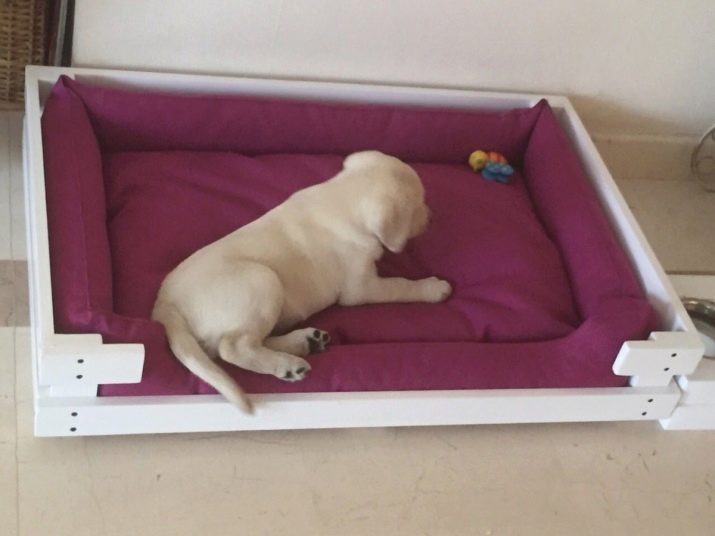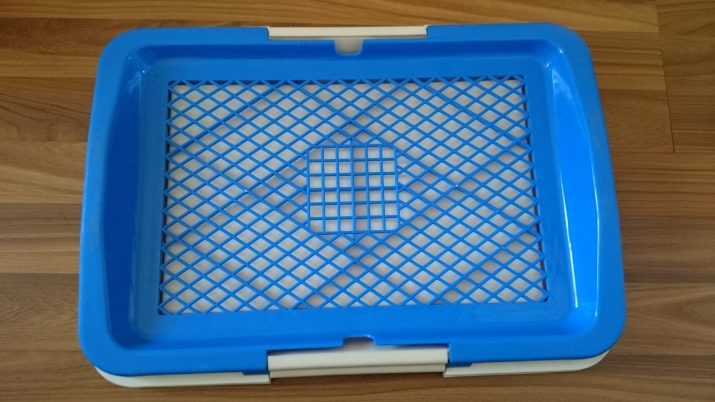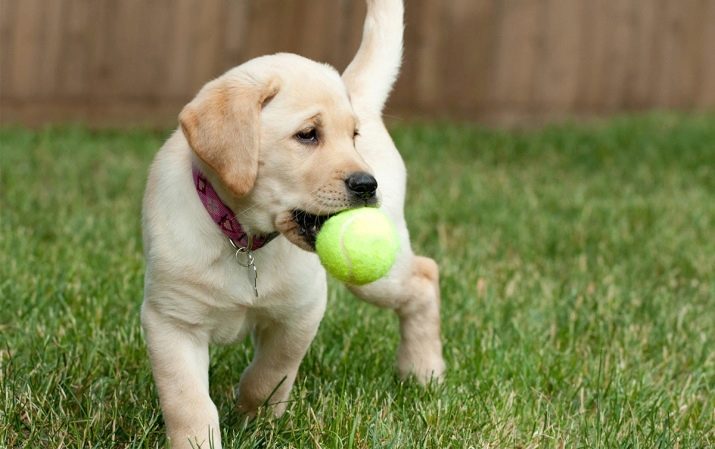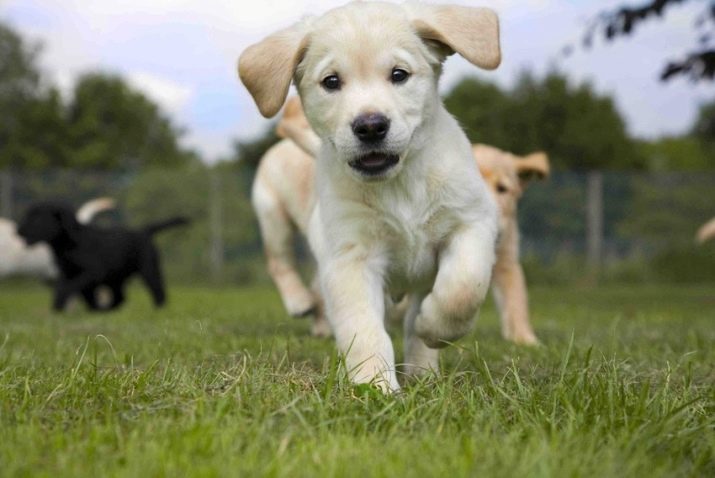Labradors are one of the kindest and faithful dogs. But in order for a pet to grow obedient, it must be properly educated and provided with proper care from an early age. Consider how to properly care for a Labrador puppy at the age of 1 month.
Features
Monthly Labrador puppy resembles a teddy bear. He's plump, wool and skin clean. Male looks bigger girls. The kid is active, good-natured, cheerful, sees and hears well, loves to play. A distinctive feature of this age is curiosity. The puppy begins to be interested in various sounds, objects, tastes everything and tastes and smells.
By one month, Labradors weigh about 3.5 kg, their weight from birth is increased 4-5 times.
For monthly puppies of this breed the following norms are characteristic:
- height at withers - 23-23.5 cm;
- chest girth - 37-38 cm;
- girth of the muzzle - 17 cm;
- head circumference - 27-28 cm.
Feeding
For the rapid growth and development of your pet you need to establish the correct feeding mode. Before drawing up the diet, you need to decide whether it will be dry food or natural food. Both options have their advantages and disadvantages.
The benefits of natural food:
- high-quality and fresh products;
- the absence of harmful substances;
- the ability to replace the product with another when an allergic reaction occurs.
Disadvantages:
- it is necessary to make a diet correctly so that the nutrition is complete;
- cooking takes a lot of time;
- it is necessary to add vitamin-mineral complexes to the diet;
- while traveling it is problematic to cook on your own.
The puppy's diet should include:
- boiled meat: chicken, turkey, beef, lean pork;
- cereals: buckwheat, rice;
- eggs;
- cottage cheese;
- vegetables;
- vitamin and mineral supplements.
Today, the market offers a wide range of ready-made dry puppy food. It is recommended to use super-premium food from manufacturers that are well known. Such feeds have a balanced composition, they are nutritious, contain animal proteins, essential vitamins, minerals and amino acids.
Economy-class dry foods contain soybean, corn, skins, feathers, dyes and flavors, they lack quality meat.
Veterinarians are advised to abandon the budgetary feed, as they can cause allergic reactions and harm your pet's health.
The advantages of using dry food:
- saving time;
- serving size is indicated on the package;
- vitamin-mineral complexes are included;
- the feed is selected taking into account individual features.
Minuses:
- presence of preservatives;
- content in meat of very low quality;
- the occurrence of allergic reactions;
- high price.
No matter what food you choose, first of all it must meet the age and needs of the dog. Ensure that there is always clean drinking water in the bowl; if necessary, change it to fresh water.
You can not offer puppy smoked, fatty, spicy and salty foods, sweets.
The list of prohibited products includes:
- milk;
- meat: lamb and fatty pork;
- raw fish;
- potatoes;
- refined rice;
- sausages;
- vegetables: cabbage, onion, garlic, tomatoes;
- mushrooms;
- pasta;
- nuts;
- chocolate;
- bones of birds.
Cooked food should be at room temperature. Leftovers are recommended to clean up immediately after the Labrador has eaten.Dogs of this breed have a good appetite, they quickly gain excess weight, so it is important to monitor the amount of carbohydrates in food.
The daily portion for a monthly Labrador is 5-7% of its own weight, 50% should be meat, 30% - cereals, 10% each - vegetables and dairy products.
Puppy is desirable to feed 5-6 times a day.
Care
Labrador Retrievers, like dogs of other breeds, need care, attention and care from the owner every day.
Hygiene
Hygiene is the key to the health of your pet. After the walk, it is necessary to wash the baby's paws and abdomen or wipe them with a damp cloth. Labradors are very fond of water treatments, but it is desirable to wash them in warm water using a special shampoo only 2-3 times a year.
After bathing, the hair can be dried with a hairdryer or wiped with a towel.
Claws need to be cut regularly, for this round nippers are used. The main thing is not to damage the blood vessels. The first time you can ask for help from a veterinarian. It will show how to correctly and safely perform this procedure.
Ears are cleaned with cotton buds, which are pre-moistened in a special ear lotion, or wiped with cotton swabs. In case of discharge from the eyes or crusts in the ears, it is necessary to immediately consult a veterinarian.
The skin of the dog does not require special care. Several times a week you need to comb the hair with a metal brush and make a gentle soft massage. Brush your teeth once a week. To do this, purchase a special toothbrush.
So that all the care products are at hand, you can collect a home mini first aid kit, which includes:
- hydrogen peroxide;
- ear cleaning lotion;
- cotton swabs and tampons;
- Toothbrush;
- eye treatment;
- mini-syringe;
- elastic bandage.
Vaccinations
To combat infectious diseases, a Labrador Retriever puppy is vaccinated. Two weeks before vaccinations, the dog is rid of worms. Vaccination schedule should be checked with the vet and strictly follow it.
Please note that before vaccination the puppy must be completely healthy.
Walking and exercise
You need to walk with the Labrador 2-3 times a day, the minimum time is 15 minutes. Place for walking should be uncrowded, away from the roadway. If the puppy already knows the nickname and responds to the voice of the owner, you can let him run by lowering the leash.
Pull the dog back if it is trying to eat something on the street. It is also important to remember that overload affects the condition of the joints, so the walk should not exceed 40 minutes.
Place for a puppy
For a good rest, a puppy should have a comfortable bed. This may be a couch covered with a clean sheet or blanket. Do not allow the dog to jump on a chair or sofa, as well as on the bed of the owner. Get interesting toys (rubber bones, balls), place them near the bed.
In the first month of life a puppy can chew on everything that comes his way: wires, shoes, furniture, bags, cell phones. Remove all hazardous items and household chemicals in cabinets, hide electrical cables.
Before you take the animal home, provide him a comfortable and safe living environment.
Upbringing
Education Labrador begins with the moment of his appearance in the new house. We need to accustom him to order and discipline, show him the place, introduce him to the temporary toilet (this could be a tray or a diaper bed on the floor).
The puppy is easy to train, so at an early age you can teach him basic commands: "To me", "Fu", "Sit", "Near", "Place". Teams need to give a calm tone, without shouting, not showing aggression.
Please note that for their implementation should be encouraged pet favorite treat.
Labrador is a breed of dog that is distinguished by friendliness and devotion to the owner. If you give enough time and attention, the puppy will turn into a well-groomed dog, it will become your faithful friend.
How puppies behave in the first days after purchase, see below.

